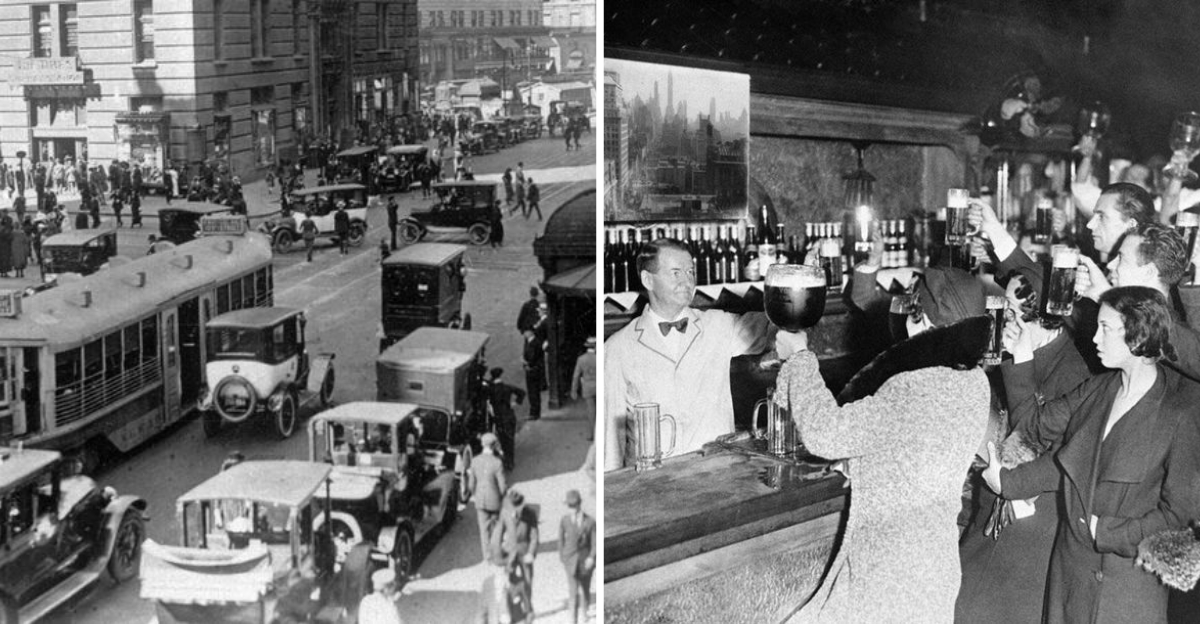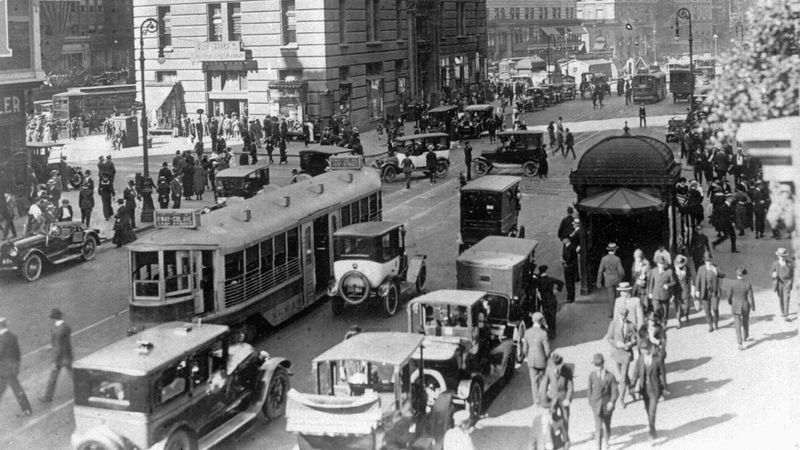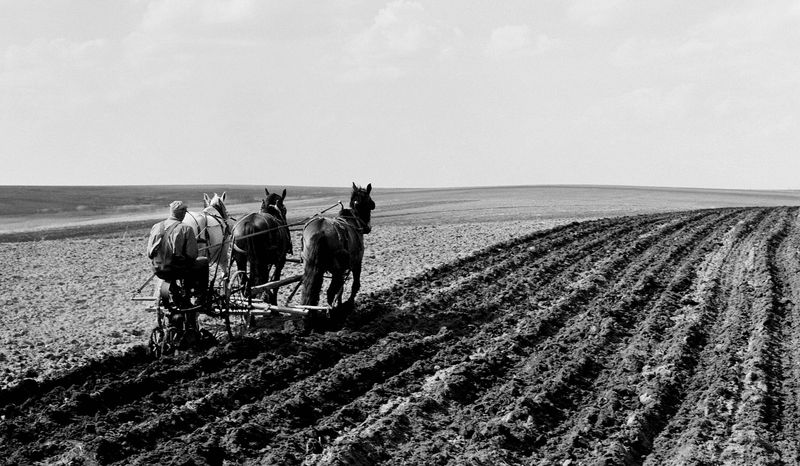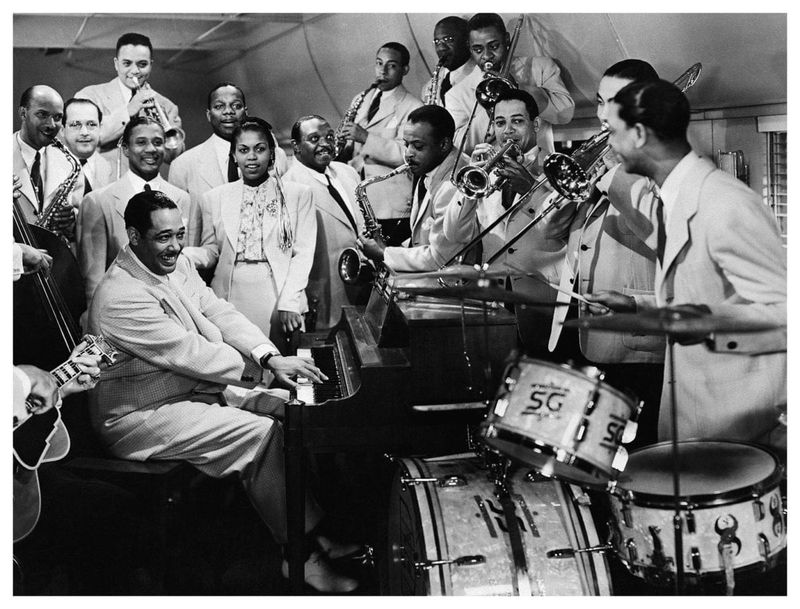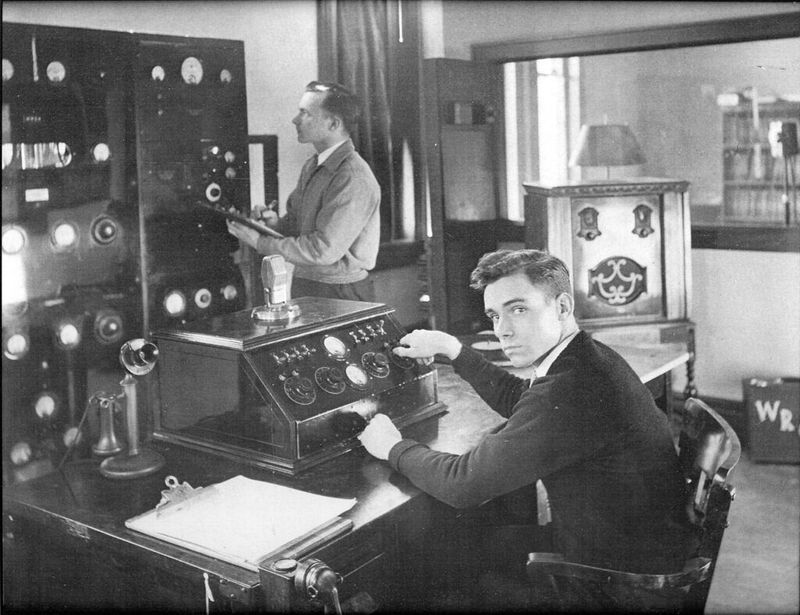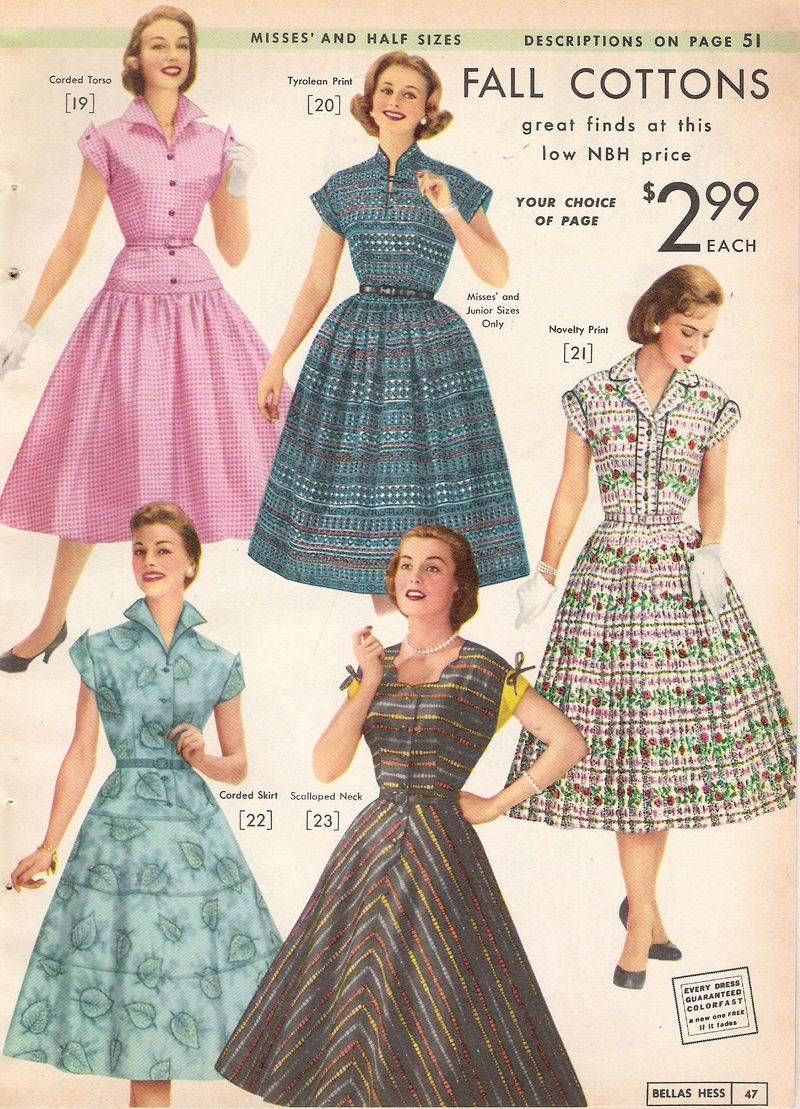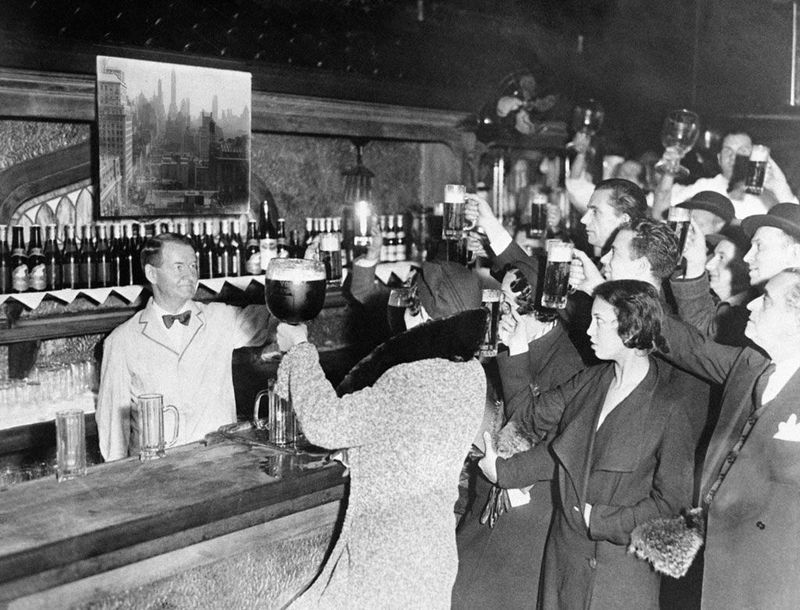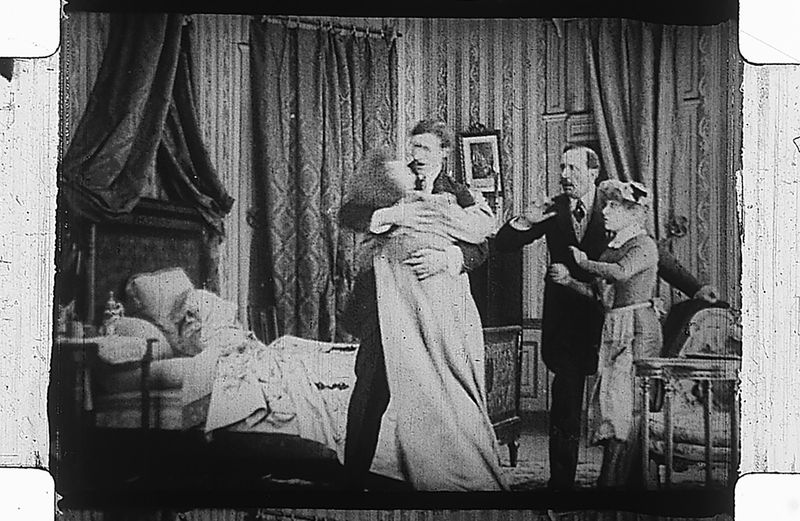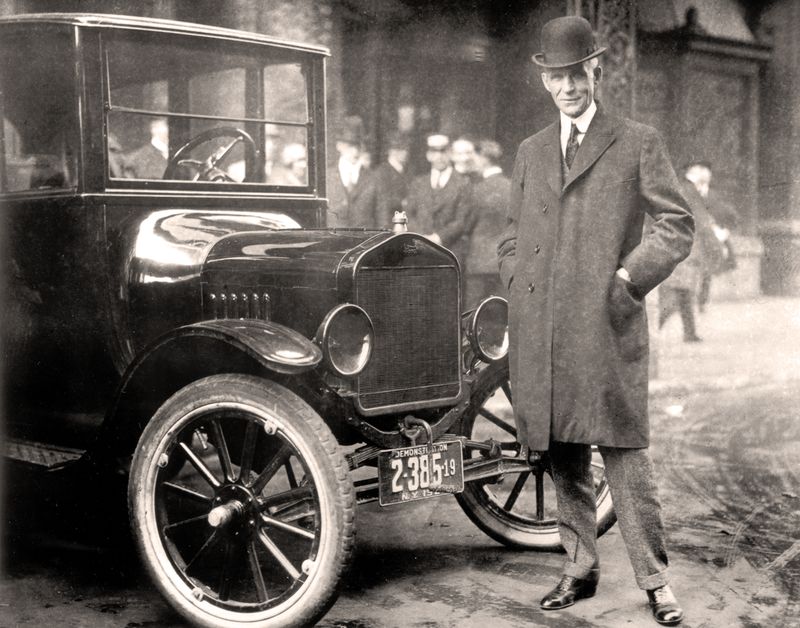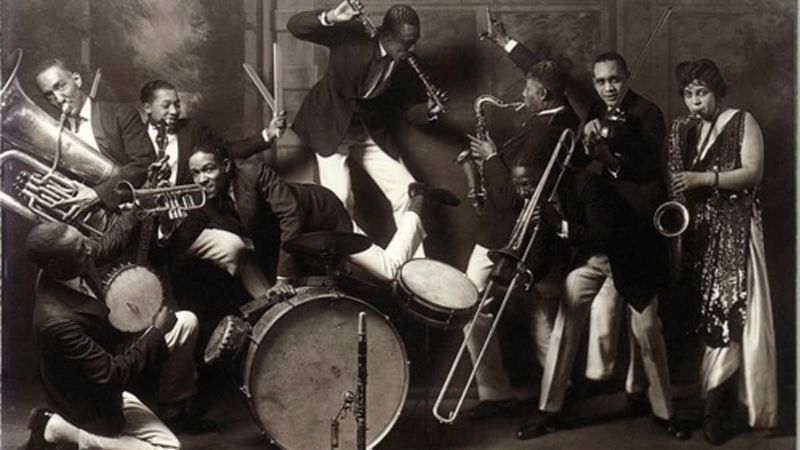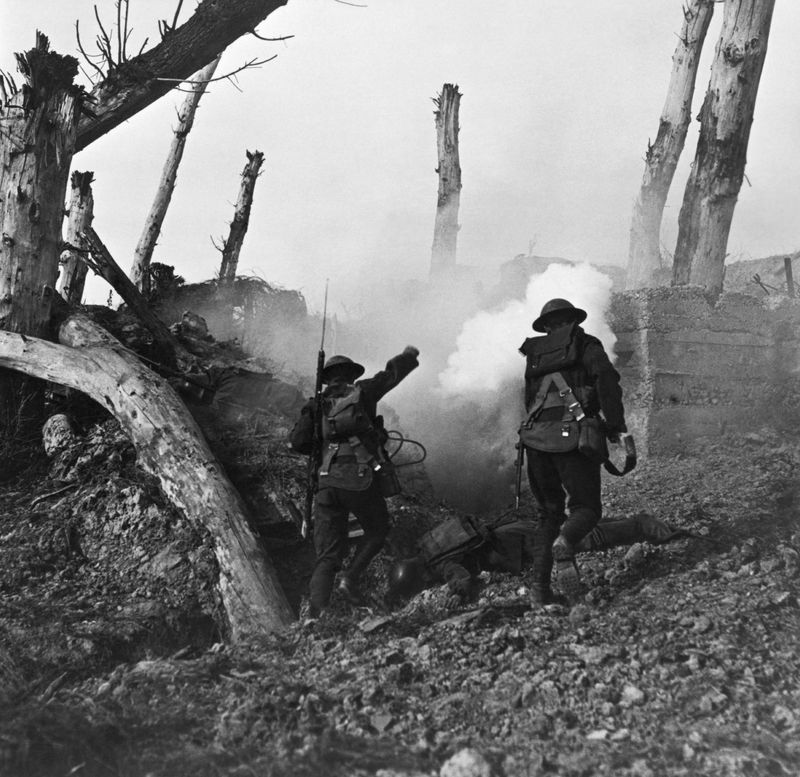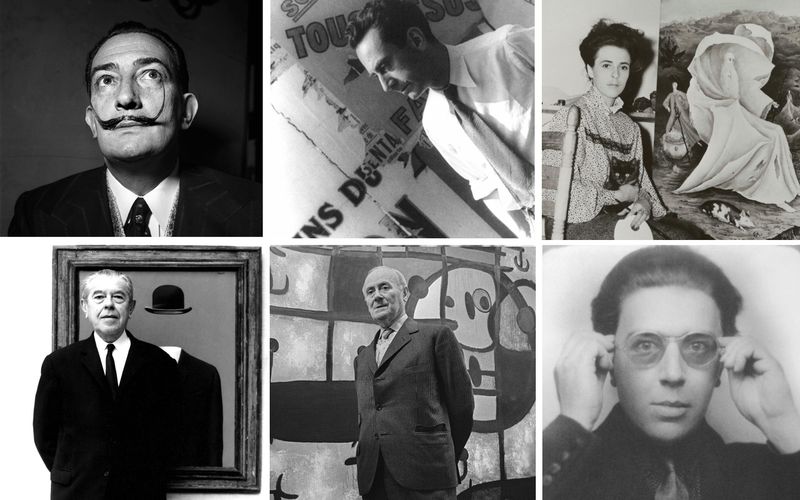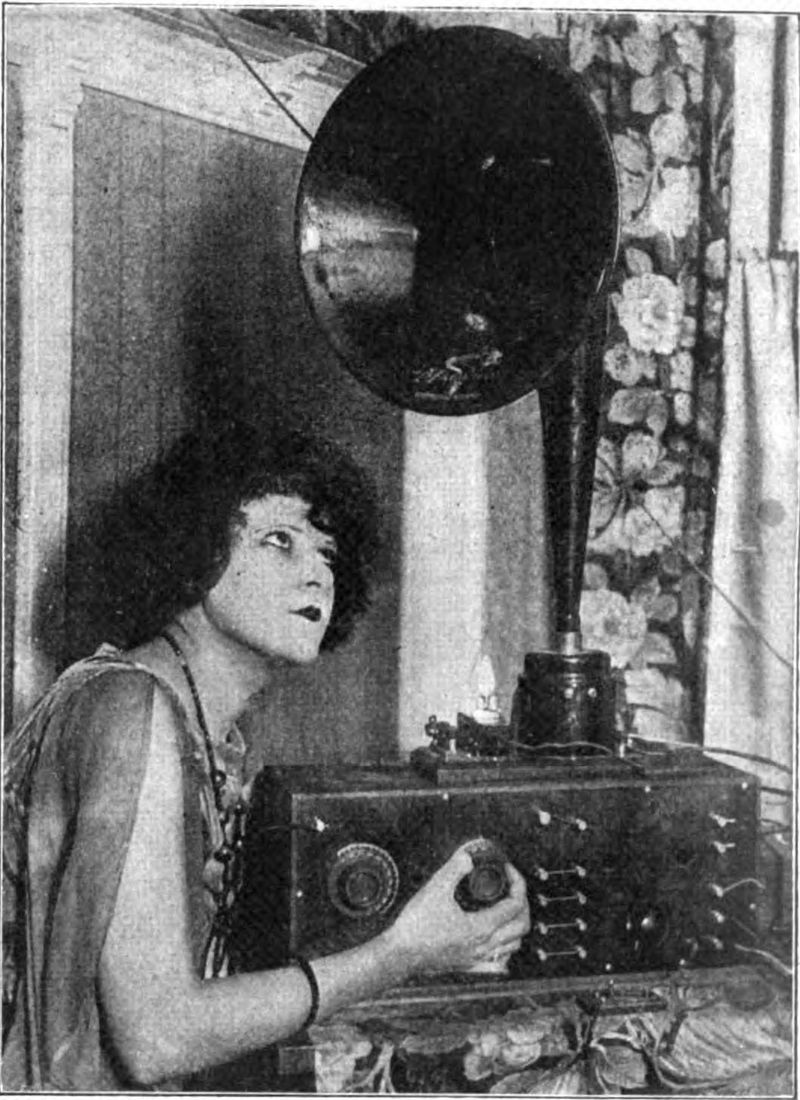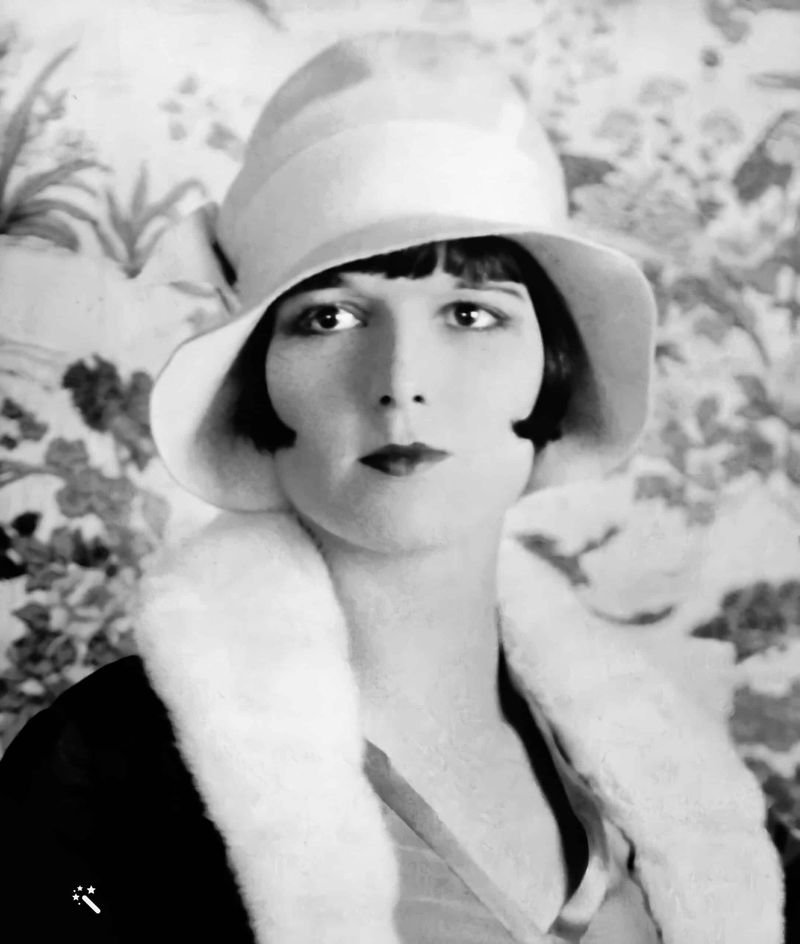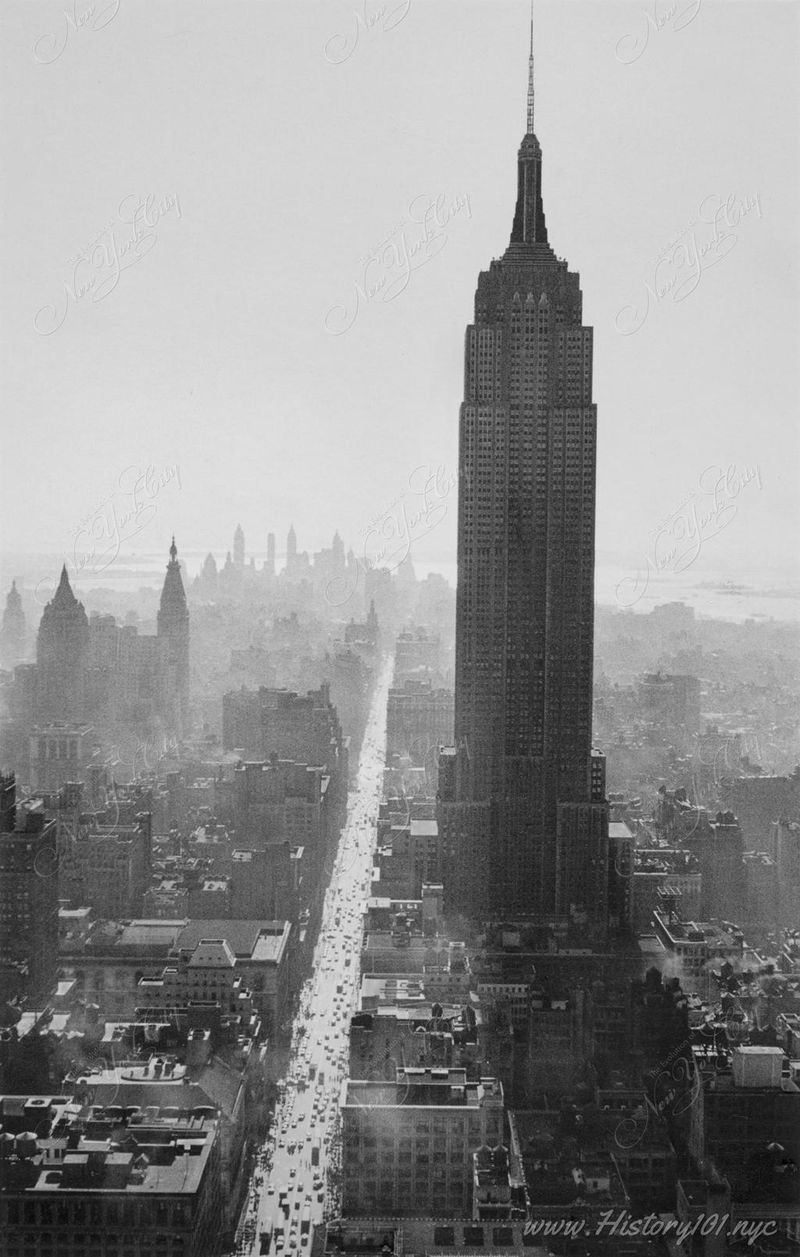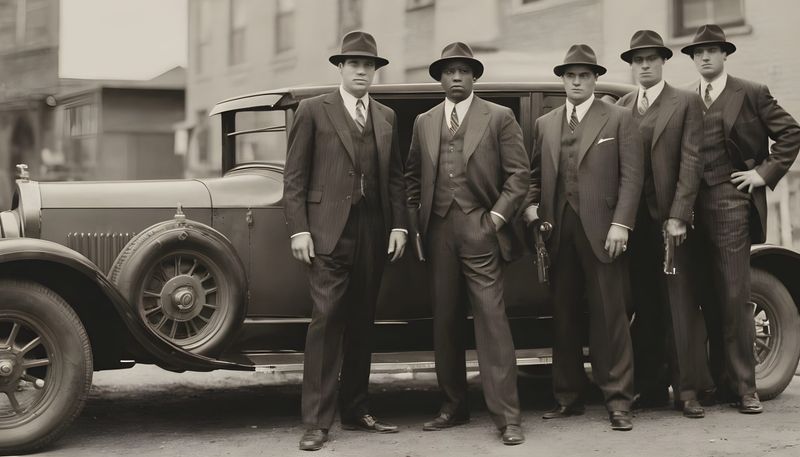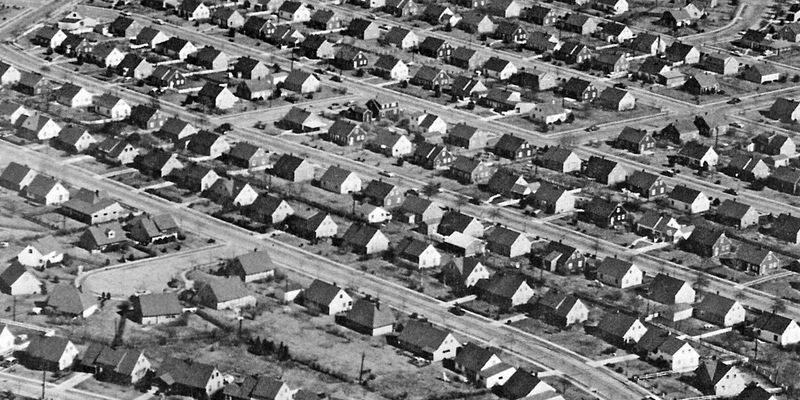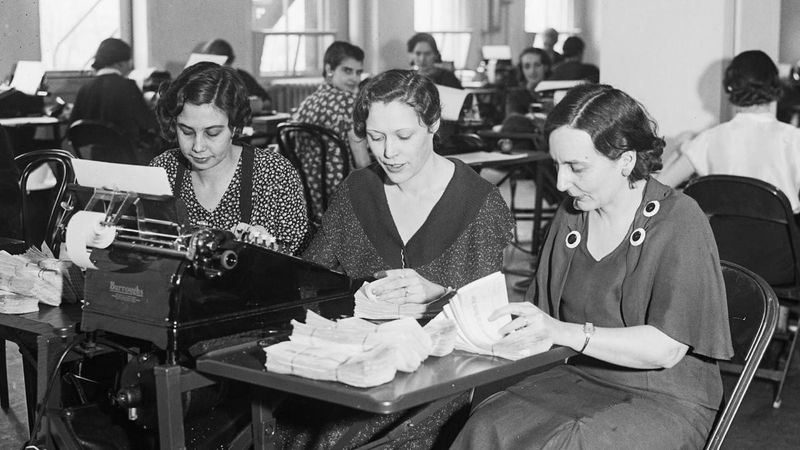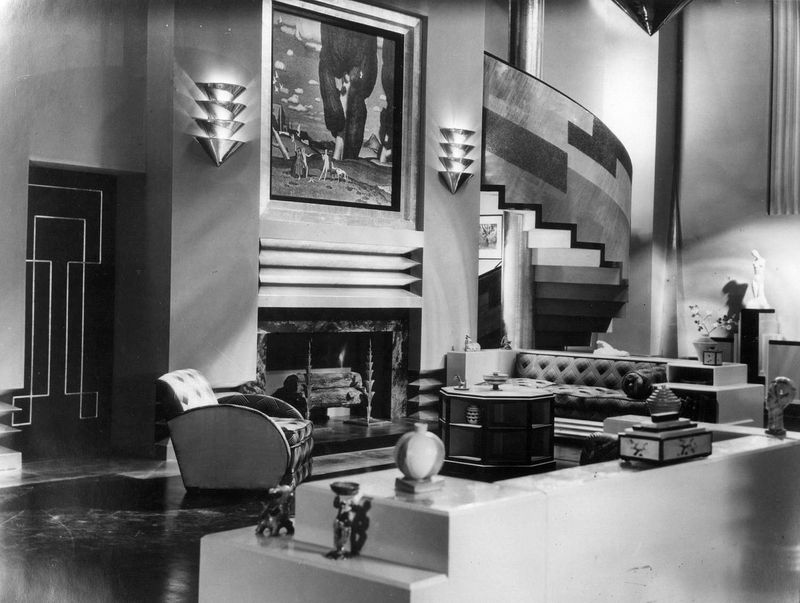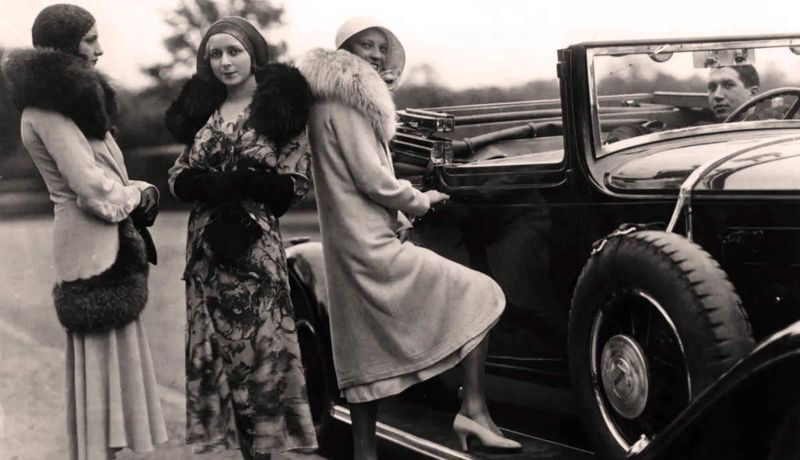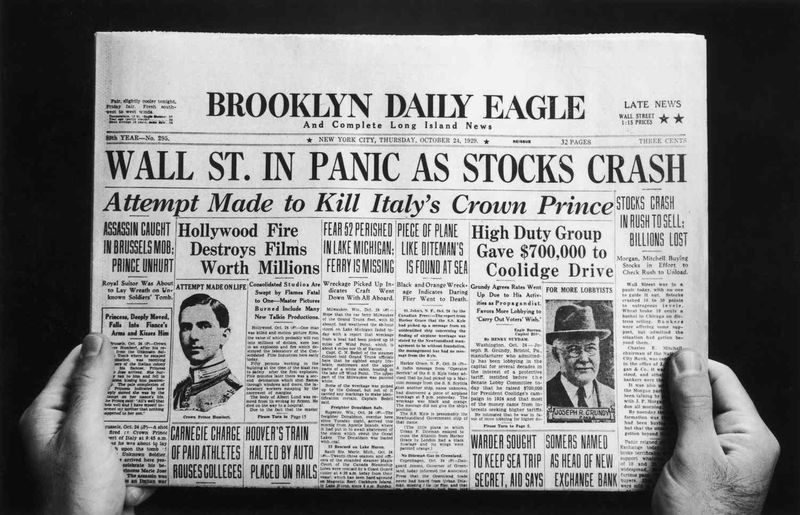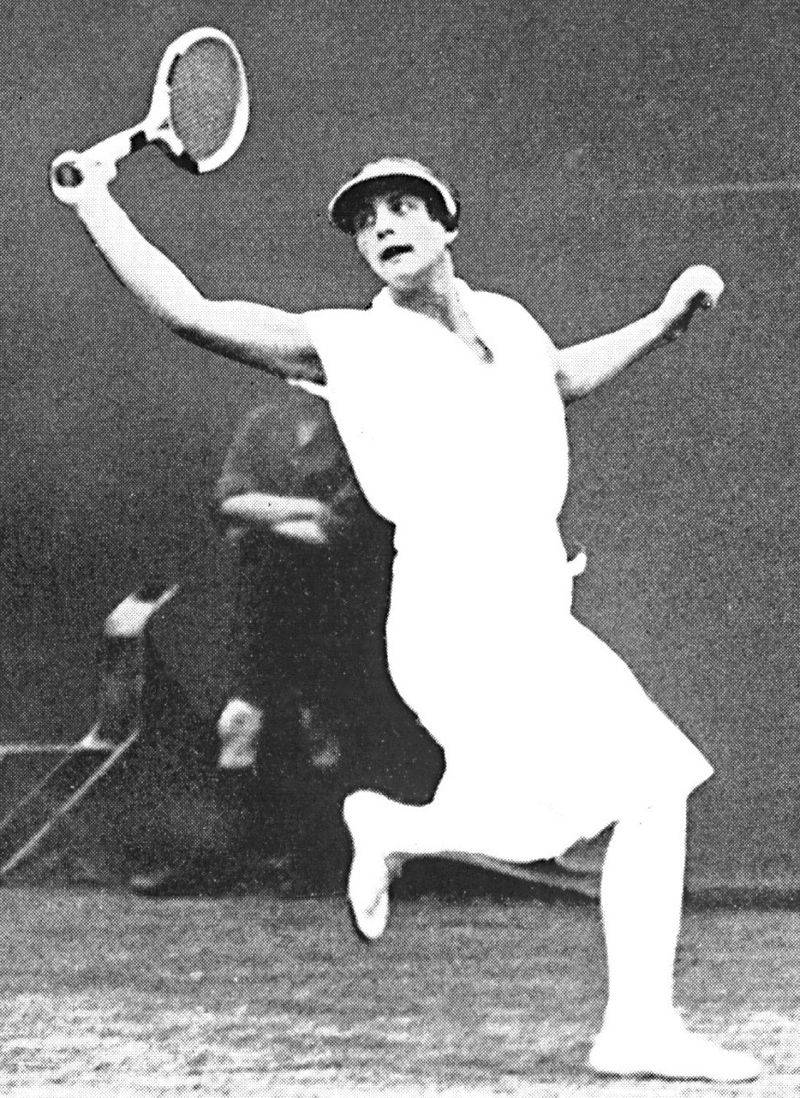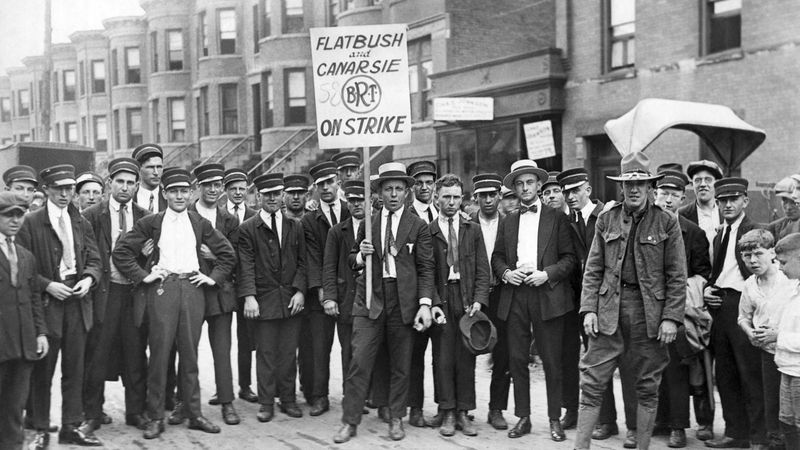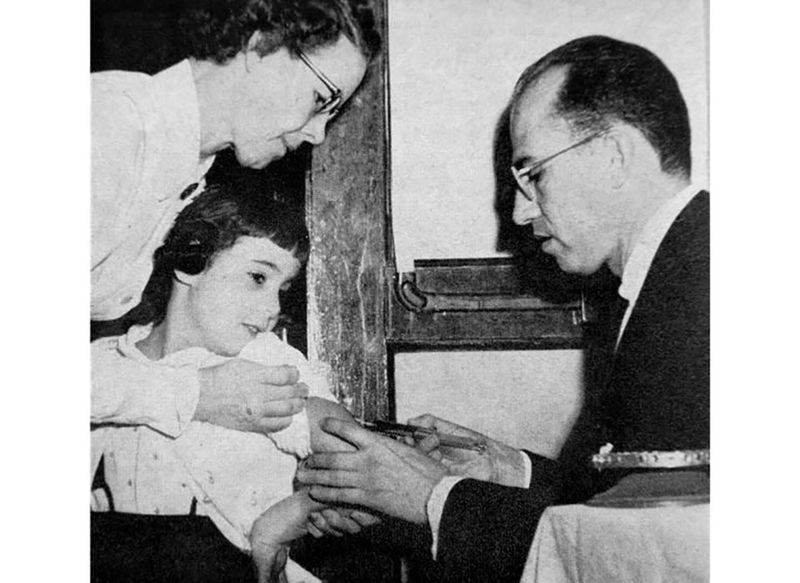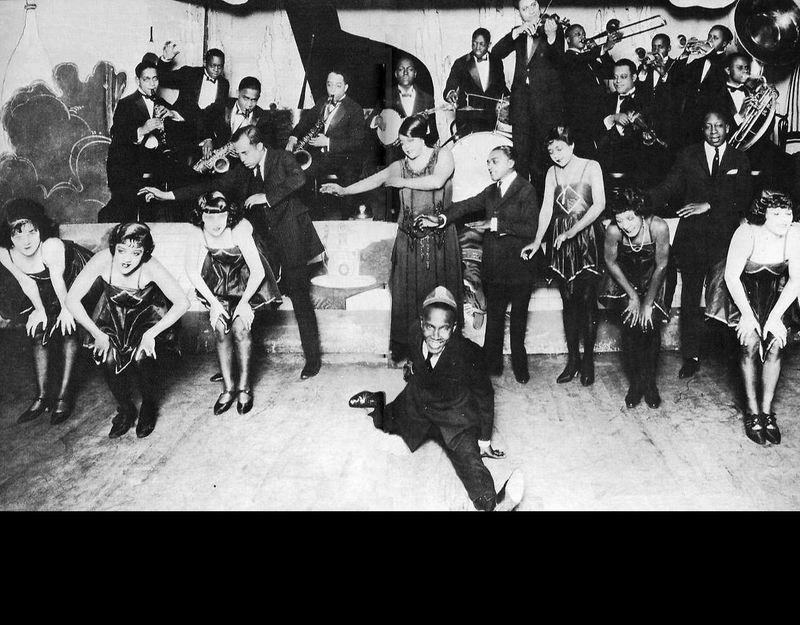Explore 25 captivating images that reveal the stark contrasts in everyday life, fashion, and society in the United States a century ago. These photos provide a unique glimpse into the past, highlighting the remarkable changes over the years.
Bustling Streets of 1920s New York
Step back into the roaring 1920s with a vivid street scene from New York City. The bustling avenues are lined with vintage cars, while men in suits and hats share the sidewalks with women in flapper dresses. This era marked a significant transition, with rapid urbanization and cultural shifts. The energy of the city is palpable, as people rush about, embodying the optimism and vibrant spirit of the time. The architecture, with its art deco influences, provides a backdrop to a society on the brink of modernity. Despite the absence of modern technology, the city’s pulse was unmistakable, setting the stage for future transformation.
Rural Life in 1920s Midwest
In contrast to urban life, the Midwest in the 1920s offers a serene picture of rural existence. Families worked tirelessly on expansive farms, tending to crops and livestock. This era emphasized self-sufficiency and community support. The simplicity of life is evident in the rustic wooden barns and vast open fields. Children played outdoors, and families gathered around the dinner table, cherishing simple joys. The reliance on nature and physical labor was a hallmark of this time. Rural areas were crucial in providing food and resources, maintaining a vital balance between urban and country life.
Harlem Renaissance Vibrancy
The Harlem Renaissance brought a cultural awakening during the 1920s, especially in art, music, and literature. This vibrant period was characterized by jazz clubs where musicians like Louis Armstrong captivated audiences. The atmosphere was electric, with dance floors alive with energy. These clubs were not only entertainment hubs but also spaces for African American expression and creativity. The fashion was bold, with men and women embracing new styles that reflected cultural pride. This renaissance wasn’t just about music; it was a powerful movement that helped redefine African American identity and influence future generations.
The Advent of Radio Broadcasting
In the 1920s, radio broadcasting emerged as a groundbreaking medium, transforming how people consumed news and entertainment. Families would gather around large radio sets, listening to everything from news bulletins to serialized dramas. This new form of communication connected individuals across vast distances, creating a shared cultural experience. Radio became a staple in homes, providing a source of information, music, and storytelling. The advent of radio also paved the way for future technological advancements, highlighting the importance of innovation in shaping modern society.
Women’s Fashion Evolution
The 1920s were a revolutionary period for women’s fashion, with the rise of flapper dresses and cloche hats. These styles symbolized newfound freedom and independence, breaking away from restrictive Victorian norms. Women embraced shorter hemlines, loose silhouettes, and bold accessories, reflecting a shift in societal roles. The fashion mirrored the changing attitudes towards gender equality and personal expression. Fashion shows and magazines celebrated these trends, inspiring women to embrace their individuality. This era marked a pivotal moment in fashion history, setting the stage for future innovations.
Prohibition Era Speakeasies
The Prohibition era of the 1920s led to the rise of speakeasies—secret bars where people gathered to enjoy illicit alcohol and vibrant jazz music. These establishments were hidden behind unmarked doors, accessed through passwords. Speakeasies became cultural hotspots, fostering a sense of rebellion and camaraderie among patrons. They were places of socialization that defied the stringent laws of the time. The lively atmosphere, with live jazz performances, created a unique cultural experience, leaving a lasting legacy on American nightlife and entertainment.
The Rise of Silent Films
The 1920s marked the golden age of silent films, captivating audiences with stories told through expressive visuals and live musical accompaniments. Movie theaters became popular entertainment venues, drawing large crowds eager for escapism. Stars like Charlie Chaplin and Buster Keaton rose to fame during this era, their performances transcending language barriers. The silent film industry thrived, showcasing creativity and innovation in storytelling. This period laid the foundation for modern cinema, influencing the techniques and narratives that continue to shape the film industry today.
Automobile Industry Boom
The 1920s witnessed a significant boom in the automobile industry, transforming transportation and everyday life. Factories with assembly lines churned out cars, making them more accessible to the general public. This era saw the rise of iconic models like the Ford Model T, which revolutionized personal mobility. The automobile became a symbol of freedom and modernity, changing the landscape of American cities and towns. The industry’s growth spurred economic development and paved the way for future innovations in transportation, shaping the way people lived and worked.
Jazz Age Celebrations
The Jazz Age epitomized the exuberant spirit of the 1920s, with dance halls and ballrooms alive with energy and rhythm. Couples would dance the night away to live jazz bands, embracing new dance styles like the Charleston. This era celebrated youth and vitality, as people sought joy and entertainment in the aftermath of World War I. The music was infectious, with its syncopated rhythms and improvisational flair. Jazz music became a defining feature of the decade, influencing culture and society while bringing people together in a shared celebration of life.
The Impact of the Great War
The aftermath of World War I cast a long shadow over the 1920s, with communities honoring those who served and sacrificed. Ceremonies at war memorials were solemn occasions, bringing together veterans and families in remembrance. The impact of the Great War was profound, influencing political, social, and cultural landscapes. It led to changes in international relations and fueled movements for peace and disarmament. This era was marked by a collective desire to prevent future conflicts, shaping policies and attitudes that would influence decades to come.
The Birth of Surrealism
The 1920s welcomed the birth of surrealism, a revolutionary art movement that challenged perceptions of reality. Artists explored the subconscious mind, creating dreamlike and imaginative works that captivated audiences. Galleries showcased these innovative pieces, drawing art enthusiasts eager to engage with new ideas. Surrealism transcended traditional boundaries, influencing literature, film, and philosophy. This movement was a reflection of the broader societal shifts occurring during the decade, as people embraced new ways of thinking and expressing themselves.
Technological Advancements
The 1920s were a period of rapid technological advancements, as scientists and inventors pushed the boundaries of what was possible. Laboratories buzzed with activity, driving innovations in fields like electricity, aviation, and communication. These breakthroughs laid the groundwork for modern conveniences, revolutionizing everyday life and industry. The spirit of discovery was palpable, with a focus on improving efficiency and connectivity. The advancements made during this time were pivotal in shaping the future, setting the stage for continued progress and development.
The Flapper Phenomenon
The flapper phenomenon of the 1920s was a defining cultural trend, symbolizing a break from traditional norms. Young women embraced short hairstyles, flashy dresses, and a carefree attitude, challenging societal expectations. This movement was about more than fashion; it was an expression of independence and rebellion. Flappers became icons of the modern woman, influencing attitudes toward gender roles and personal freedom. Their influence extended beyond appearance, impacting music, dance, and social dynamics, leaving a lasting legacy on American cultur
Construction of the Empire State Building
The late 1920s saw the ambitious construction of the Empire State Building in New York City, a symbol of architectural innovation and economic optimism. This skyscraper was a marvel of engineering, representing the aspirations of a nation. The building’s completion in 1931 transformed the city’s skyline, becoming an iconic landmark. It stood as a testament to human ingenuity and the spirit of progress. The Empire State Building’s construction highlighted the era’s focus on growth and development, paving the way for future architectural achievements.
Rise of Organized Crime
The 1920s Prohibition era inadvertently fueled the rise of organized crime, as criminal enterprises capitalized on the illegal alcohol trade. Cities saw an increase in speakeasies, protection rackets, and illicit activities. Figures like Al Capone became infamous, wielding significant influence and power. The era’s crime wave highlighted the unintended consequences of Prohibition, prompting debates about law enforcement and regulation. The legacy of organized crime during this time left a lasting impact on legal and social systems, shaping future policies and public perceptions.
The Growth of Suburban Areas
The 1920s witnessed the growth of suburban areas, as families sought a balance between urban convenience and rural tranquility. These neighborhoods offered a peaceful retreat from bustling city life. Tree-lined streets, charming homes, and community parks characterized suburban living. Families embraced outdoor activities and social gatherings, fostering a sense of community. The rise of suburbs reflected changing lifestyle preferences, driven by advancements in transportation and a desire for a better quality of life.
The Role of Women in Workforce
The 1920s saw a significant shift in the role of women in the workforce, as more women entered professions formally dominated by men. Offices buzzed with activity, with women working as secretaries, typists, and clerks. This era marked a step towards gender equality, with women advocating for better working conditions and rights. Their contributions were vital in shaping the modern workplace. The increasing presence of women in the workforce influenced societal attitudes, paving the way for future advancements in gender equity.
The Birth of Aviation
The 1920s marked the birth of aviation, a time when pioneers took to the skies, pushing the boundaries of exploration and travel. Airfields buzzed with excitement as pilots prepared for daring flights. This era saw advancements in aircraft technology, making air travel more feasible and inspiring a new generation of aviators. The spirit of adventure was infectious, capturing the public’s imagination. Aviation’s growth in the 1920s laid the foundation for modern air travel, revolutionizing transportation and connecting the world in unprecedented ways.
The Influence of Art Deco
The 1920s embraced the elegance and innovation of the Art Deco movement, which influenced architecture, design, and fashion. This style was characterized by geometric shapes, rich colors, and luxurious materials. Art Deco interiors featured sleek furnishings and intricate details, reflecting the era’s focus on modernity and sophistication. This aesthetic became synonymous with the decade’s glamour and progress. Art Deco’s impact extended beyond design, inspiring cultural expressions and leaving a lasting mark on the artistic landscape.
Advent of the Consumer Culture
The 1920s ushered in the advent of consumer culture, as people embraced new products and conveniences. Department stores became hubs of activity, offering a range of goods from clothing to household items. Advertising played a crucial role in shaping consumer desires, with companies innovating to capture the public’s imagination. Products like radios, refrigerators, and automobiles became must-haves, symbolizing modern living. This shift towards consumerism influenced economic growth and societal values, setting the stage for the consumer-driven culture that persists today.
The Impact of the 1929 Stock Market Crash
The 1929 stock market crash marked the end of a decade of prosperity, leading to economic turmoil and the Great Depression. Wall Street scenes depicted distressed traders and plummeting stock prices. This event had profound effects on the global economy, causing widespread unemployment and hardship. It prompted governments to reevaluate financial policies and regulatory frameworks. The crash’s impact was felt for years, shaping economic theories and approaches to crisis management, influencing future policies to prevent similar disasters.
Sports Heroes of the 1920s
The 1920s were a golden era for sports, with figures like Babe Ruth captivating audiences and becoming cultural icons. Baseball games drew massive crowds, reflecting the nation’s enthusiasm for athletic competition. Sports heroes inspired admiration, embodying the spirit of determination and excellence. Their achievements were celebrated in newspapers and radio broadcasts, connecting fans across the country. The influence of sports during this decade extended beyond entertainment, shaping cultural identities and providing a sense of unity and pride.
Social Change Movements
The 1920s were a pivotal time for social change movements, particularly in the fight for women’s suffrage. Activists organized protests, advocating for equal voting rights and gender equality. This era saw significant progress, with the passage of the 19th Amendment granting women the right to vote. The momentum for change inspired other movements focused on civil rights and social justice. The efforts of these activists left a lasting legacy, shaping future generations’ pursuit of equality and inspiring continued advocacy for social reform.
Advances in Medicine
The 1920s brought notable advances in medicine, as researchers and practitioners developed new treatments and technologies. Hospitals became centers of innovation, with doctors and nurses working to improve patient care. This era saw the development of vaccines, improved surgical techniques, and better understanding of diseases. These breakthroughs had a significant impact on public health, reducing mortality rates and enhancing quality of life. The advancements in medicine during the 1920s set the stage for future discoveries, contributing to the ongoing evolution of healthcare.
The Jazz Poet Movement
The Jazz Poet Movement of the 1920s was a creative fusion of literature and music, where poets performed alongside jazz musicians. This blend of art forms captured the spirit of improvisation and innovation. Poetry readings with jazz accompaniment offered a unique cultural experience, attracting audiences eager for new expressions. The movement reflected broader societal shifts towards artistic collaboration and exploration. This literary and musical synergy left a lasting impact on both genres, inspiring future generations of artists to push the boundaries of creative expression.
